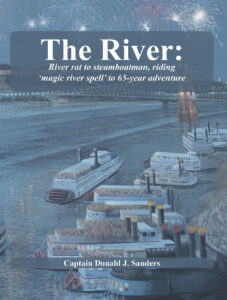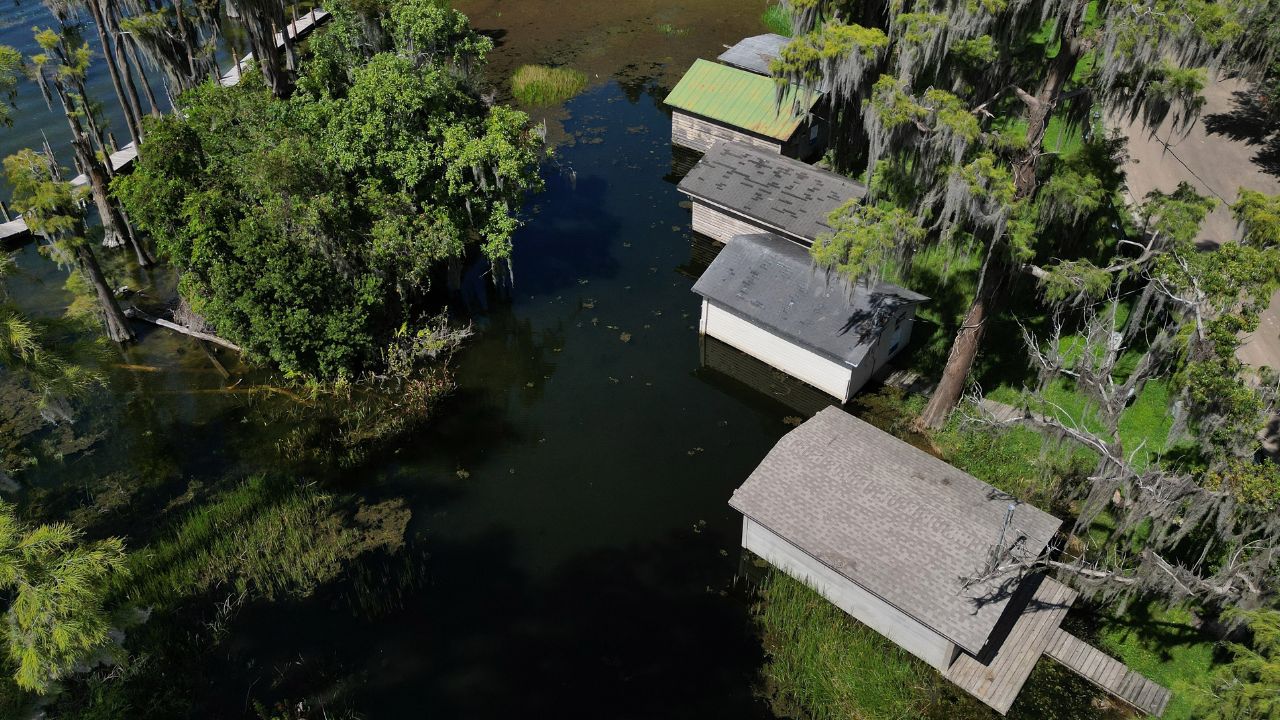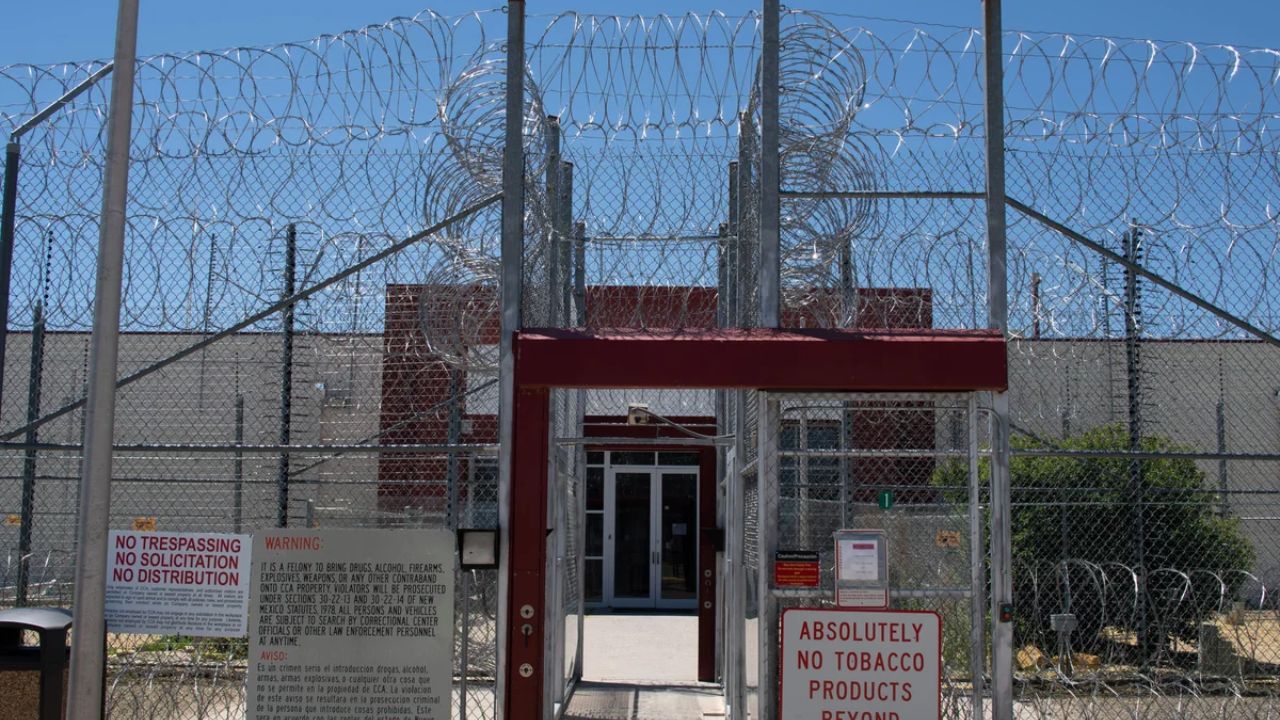The captain of the riverboat tells stories. From discovery to a way of life and love, Captain Don Sanders tells the tales of his lengthy relationship with the river. This is a segment of a lengthy and ongoing narrative.
By Capt. Don Sanders, NKyTribune Special
A large number of people in the river community read last week’s piece regarding the Delta Queen Steamboat Company’s announcement to put a FOR SALE sign on their historic steamboat.
The company concluded it was time for someone else to take over and carry on the effort to preserve the DELTA QUEEN after ten years of lobbying the U.S. Congress to obtain the federal legislation required for the QUEEN to operate as well as the funds for the comprehensive renovation required to transport overnight passengers once more.
On social media, readers left a lot of encouraging and helpful comments, but there were also statements like these:
There won’t be any solutions now if none had emerged in the previous ten years. To get this boat going again, we are discussing MILLIONS of dollars. If it floats at all, I’d be shocked.
Or:
I hope there is still time to rescue this National Landmark, but I don’t see a sale happening.
As a former Master (Captain) of what was arguably the most well-known steamboat in operation in the world in the early 1970s, I find it surprising that organizations of eligible supporters who are ready, willing, and able are not fighting for the opportunity to save the Delta Queen. How quickly we forget.
Unlike the California brawl to preserve and restore the QUEEN’s brother ship, the DELTA KING, there hasn’t been a clamor to save the DELTA QUEEN yet.
Completed in 1927 at Stockton, California, the KING and QUEEN featured Scottish galvanized steel hulls and exotic woods such as teak, Philippine Mahogany, and California-grained Golden Oak, with walnut trim. From 1927 to 1940, they operated nightly passenger and freight cruises between San Francisco and Sacramento. Although the Golden Gate and San Francisco-Oakland Bay Bridges, two of the finest bridges in the world, greatly enhanced motor vehicle mobility, they also reduced the demand for a steamboat line. Following the San Francisco World’s Fair in 1939, both steamers were shut down. However, the twins had a different role during World War II.
The U.S. Navy used the KING and QUEEN as barracks boats, troop shuttles, and ferries during World War II. Both vessels were put up for auction after the war. The DELTA QUEEN had a remarkable and legendary career on the Mississippi, Ohio, and tributary rivers after being purchased by Captain Tom R. Greene of Cincinnati in December 1946. It was not so good for the KING.
At first, Cap n Tom placed a bid on the DELTA KING. Nevertheless, he lost the deal to a Siamese importing and exporting company that bid sight-unseen and mistook the river boat for a propeller-driven, seaworthy vessel. A significant period in steamboat history began when Captain Greene’s bid for the DELTA QUEEN was successful.
Following the DELTA QUEEN’s departure from California waters, the Maritime Commission once again put the once-proud riverboat up for sale, forcing the DELTA KING to face the wrecker’s ball. The KING transferred to the mothball fleet after the Commission rejected the bid from the River Line, the ship’s original owner. When one organization’s bid to tow the KING to Seattle was eventually accepted in 1948, financial issues soon caused the plans to fall apart, and the KING remained at a dock at the former Fulton Shipyard. The KING was all but forgotten as the DELTA QUEEN became the new princess of the Mississippi River System.
Many factions were thrilled about the numerous options available for the venerable steamboat when the KING’s owners announced in May 1950 that they were unable to carry out their original plans and were looking for new buyers, similar to what the current owners of the QUEEN had just announced.
The steamboat was transported 1,500 miles north to British Columbia when the DELTA KING was purchased by a construction company in 1952. It became a dorm for construction workers at a Canadian aluminum smelter close to Kitimat after being beached inside an artificial inlet. With the exception of the boilers and electric generators, the KING’s engines, paddlewheel, shaft, and other equipment were all taken out. These not only supplied the KING with heat and energy, but they also made these resources available to the nearby town. The KING was no longer necessary after six years at Kitimat due of newly built homes. Once more, the KING was put up for sale.
Interest in Stockton, California, the origin of the DELTA steamboats, began to grow in early 1959. A Stockton real estate broker declared that the DELTA KING had been purchased from its Canadian owners following some haggling with several parties, groups, and concerns. The KING withstood three storms and returned safely to San Francisco Bay on April 28, 1959, after workers prepared the riverboat for the journey over open waters. Excitement then grew as the KING headed to the city where it was born.
Even when the KING returned home after midnight, people gathered all the way to Stockton. Boats, the shore, and the docks were packed with several hundred supporters. The arrival of Stockton’s mischievous steamboat progeny was announced in newspaper headlines. However, after just one month of celebrating the KING, a disgruntled potential owner launched a lawsuit, alleging that the KING had been stolen from him. At the first hint of a lawsuit, investors in the Stockton company immediately pulled out.
However, the DELTA KING briefly gained renown in the late 1950s when technicians in the MGM movie The Adventures of Huckleberry Finn made the Sacramento River boat look like a twin-stacked steamboat akin to the Mississippi River. A distinction exists.
Ten years of entanglements, lawsuits, threats, financial difficulties, bureaucratic disruptions, and other hassles of many origins awaited the DELTA KING in Stockton. At Stockton, the KING lay abandoned and desolate as many bidders argued over its purchase. However, despite all of the squabbling, hesitancy, and ambivalence surrounding the DELTA KING, the steamer’s popularity kept the KING in the public consciousness and in the interests of a number of famous people, such as lawyer Melvin Belli, who defended Jack Ruby, the assassin of Lee Harvey Oswald, the man who killed President JFK.
When the riverboats were the main means of transportation between the California Capital and the City by the Bay in the late 1960s, interest in bringing the KING back to its northern destination was sparked by a Sacramento newspaperman’s piece mourning the loss of both the DELTA QUEEN and KING. Interest in bringing the KING back to Sacramento was revived by others.
What transpired was a plan to secretly take control of the KING and bring her back to Sacramento. For that reason, a non-profit organization was established with the voluntary assistance of a young attorney. Melvin Belli claims that the KING returned to the Sacramento port after a 30-year hiatus by pure piracy.
Piracy on the low seas, Belli charged!
Following other lawsuits that claimed the plaintiffs were entitled money for whatever they said in the litigation, the pirate crew returned to Sacramento and lost ownership of the KING to the U.S. Marshals. Nevertheless, the organization in charge of the KING’s return kept collecting money for the day when they hoped to regain control of the hotly debated ship. The DELTA KING, however, lost its docking slot and proceeded to San Francisco after much haggling and carrying on. She didn’t make it. Rather, she reached around halfway.
There is too much to summarize in this brief essay about what transpired over the next six or seven years. However, the DELTA KING fell over the pier and hung up in April 1981 while moored incorrectly at a dock approximately six miles above San Francisco during high tide. During attorney Belli’s term, the KING listed strongly a starboard when the tide was falling, and water overlifted a number of oddly positioned windows that had been cut into the hull. The hull filled quickly, and soon the KING was resting in 20 to 30 feet of brackish water on the dirt seabed.
Everyone who saw the worn-out, desolate KING inserted on the bottom undoubtedly concluded that the DELTA KING had died.
We may now draw comparisons between the twins at comparable life turning points. Without engines, smokestacks, or a paddlewheel, the DELTA KING is nearly entirely filled with salty bay backwater. Sections above the water show significant portions of scaling gray navy paint. Broken windows, chipped paint, splintered wood, moss, and many years of neglect add to the forlorn appearance of the once palatial riverboat. The entire interior of the KING lies in total disrepair, with the once-grand and exotic wood trims swollen and delaminated. The ship is probably one of the shipwreckers.
Despite the comments of unknowing and untrained observers, the DELTA QUEEN remains intact with its engines, pitman arms, paddlewheel, operating equipment, stack, and floats sturdily on a relatively recently built steel hull. Throughout, her insides are unharmed. Although her exterior appears desolate to the novice, a run through one of America s great shipyards will work wonders. There s nothing on a vessel that a good boatworks cannot fix.
So what happened next to the DELTA KING? Was it broken up and scrapped out? Fortunately for the KING, the family who owned the forlorn steamboat announced their intention to raise the boat and restore it. Whatever it takes, they announced. However, after the KING sank again during salvage operations, a particular developer came on the scene. Again, what transpired is beyond the limits of this brief column. But in June of 1982, after six weeks of desperation, the DELTA KING floated again for the first time in almost 15 months.
Long story short, today, 43 years after the DELTA KING came off the bottom, looking like a drowned rat, as one wag remarked, it lies at its moorings in Sacramento looking as fresh as it did when both the KING and the QUEEN ran nightly trips between San Francisco and Sacramento during the 1920s, 30s, and until 1940.
What strikes me most about the complex and intriguing story of the DELTA KING is that those talented individuals with the ability to make things happen never lost faith in the vessel as a worthy component of the region s history. Without such souls, the DELTA KING would be a name lost to time.
Now it is the KING s sister, the DELTA QUEEN s time to face a similar crossroads in history. Do kindred people like the saviors of the DELTA KING still exist to save the DELTA QUEEN? Are you one, or do you know those who might be? If so, please contact the Delta Queen Steamboat Company [email protected].
Captain Don Sanders is a river man. He has been a riverboat captain with the Delta Queen Steamboat Company and with Rising Star Casino. He learned to fly an airplane before he learned to drive a machine and became a captain in the USAF. He is an adventurer, a historian and a storyteller. Now, he is a columnist for the NKyTribune, sharing his stories of growing up in Covington and his stories of the river. Hang on for the ride the river never looked so good.
Purchase Captain Don Sanders The River book
ORDER YOUR RIVER BOOK HERE

Capt. Don SandersThe River: River Rat to steamboatman, riding magic river spell to 65-year adventureis now available for $29.95 plus handling and applicable taxes. This beautiful, hardback, published by the Northern Kentucky Tribune, is 264-pages of riveting storytelling, replete with hundreds of pictures from Capt. Don s collection and reflects his meticulous journaling, unmatched storytelling, and his appreciation for detail. This historically significant book is perfect for the collections of every devotee of the river.
You may purchase your book by mail from theNorthern Kentucky Tribuneor you may find the book for sale at all Roebling Books locations and at the Behringer Crawford Museum and the St. Elizabeth Healthcare gift shops.
Click here to order your Captain Don Sanders The River now.





